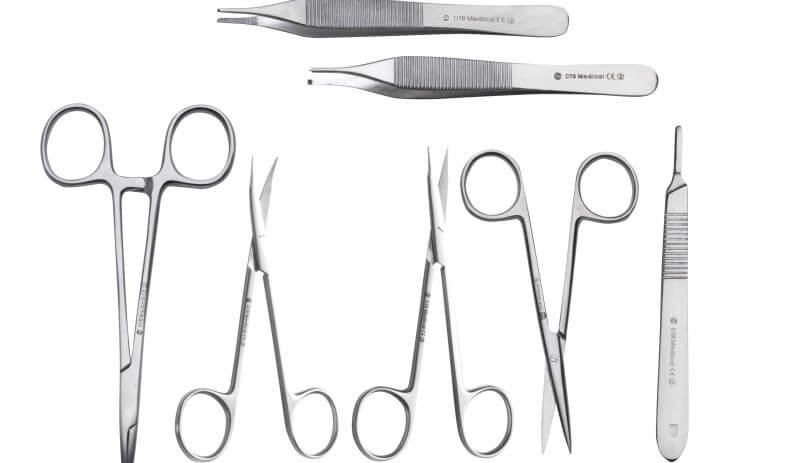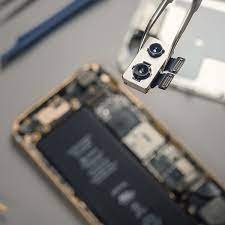The Rising Importance of Single Use Surgical Instruments in Healthcare
In the ever-evolving landscape of healthcare, single use surgical instruments have emerged as a significant innovation, transforming the way surgical procedures are performed. These instruments, designed for one-time use, are playing a crucial role in enhancing patient safety, reducing the risk of infection, and improving overall surgical efficiency. This article explores the various aspects of single use surgical instruments, including their benefits, types, regulatory standards, and considerations for healthcare professionals.
Understanding Single Use Surgical Instruments
Single use surgical instruments are medical devices that are manufactured, packaged, and intended for use on a single patient during a single procedure. After their initial use, these instruments are disposed of, minimizing the risk of cross-contamination and infection.
Benefits of Single Use Surgical Instruments
- Reduced Risk of Infection
One of the primary advantages of single use surgical instruments is their ability to significantly reduce the risk of infections. Reusable instruments can carry residual contaminants even after sterilization. Single use instruments eliminate this concern, as they are sterile and sealed until opened. - Time Efficiency
The use of single use instruments streamlines the surgical process. Healthcare professionals do not need to allocate time for cleaning, sterilizing, and maintaining reusable instruments, allowing them to focus more on patient care. - Cost-Effectiveness
While the initial purchase cost of single use instruments may seem higher than their reusable counterparts, the overall cost can be lower in terms of labor, maintenance, and sterilization processes. Healthcare facilities can save money by minimizing the need for extensive instrument tracking and management. - Consistent Quality
Single use surgical instruments are manufactured to high standards, ensuring consistent quality. Each instrument is created for optimal performance, which can enhance the overall quality of surgical procedures. - Regulatory Compliance
Compliance with health and safety regulations is vital in any medical setting. Single use instruments simplify this process, as they adhere to stringent manufacturing and sterilization standards mandated by regulatory bodies.
Types of Single Use Surgical Instruments
Single use surgical instruments come in a wide variety of forms, each designed for specific surgical tasks. Some common types include:
- Forceps:
Used for grasping and manipulating tissues, single use forceps are essential in many surgical procedures, offering precision and control. - Scalpels:
These sharp cutting instruments are used for incisions and other cutting tasks. Single use scalpels ensure a sterile and sharp blade for each procedure. - Scissors:
Single use surgical scissors come in various shapes and sizes to meet different cutting needs, ranging from delicate tissue dissection to precise suture cutting. - Needles and Needle Holders:
Single use needles are used for suturing and injecting, while single use needle holders provide secure grip and control during stitching. - Suction Devices:
Used to clear fluids and debris from surgical sites, single use suction devices enhance visibility and reduce the risk of contamination. - Electrocautery Tips:
These instruments are used in electrosurgery to cut and coagulate tissue with minimal bleeding, and single use options ensure optimal functionality without contamination.
Regulatory Standards for Single Use Surgical Instruments
The safety and effectiveness of single use surgical instruments are governed by strict regulations established by various health authorities. In the UK, the following regulations are essential:
- The Medical Devices Regulations (MDR) 2002:
This legislation outlines the requirements for medical devices, including single use surgical instruments, ensuring they meet specific safety and performance standards. - UK Conformity Assessed (UKCA) Marking:
Manufacturers must ensure that their single use surgical instruments carry the UKCA mark, indicating compliance with the UK’s safety regulations. - British Standards Institution (BSI):
The BSI establishes quality standards for medical devices, ensuring that single use surgical instruments are manufactured under controlled conditions. - Health and Safety Executive (HSE):
The HSE oversees workplace safety, including the use of surgical instruments, ensuring that healthcare facilities follow best practices in instrument handling and disposal.
Considerations for Healthcare Professionals
While the benefits of single use surgical instruments are clear, healthcare professionals should consider the following factors when integrating them into their practices:
- Training and Education:
Staff should be adequately trained on the proper use and disposal of single use instruments to maximize their benefits and minimize risks. - Supplier Reliability:
It is crucial to source single use surgical instruments from reputable suppliers that adhere to regulatory standards and quality assurance practices. - Environmental Impact:
The disposal of single use instruments can contribute to medical waste. Healthcare facilities should have robust waste management systems in place to handle this waste responsibly. - Cost Analysis:
While single use instruments can reduce certain costs, healthcare professionals should conduct a comprehensive cost analysis to ensure that the benefits outweigh the expenses in their specific contexts.
Summery
Single use surgical instruments are revolutionizing surgical practices in the UK and beyond, offering numerous advantages in terms of safety, efficiency, and quality. As healthcare continues to evolve, embracing these innovations can lead to improved patient outcomes and enhanced surgical experiences. By understanding the types, benefits, and regulatory standards associated with single use instruments, healthcare professionals can make informed decisions that ultimately benefit their patients and practices.






